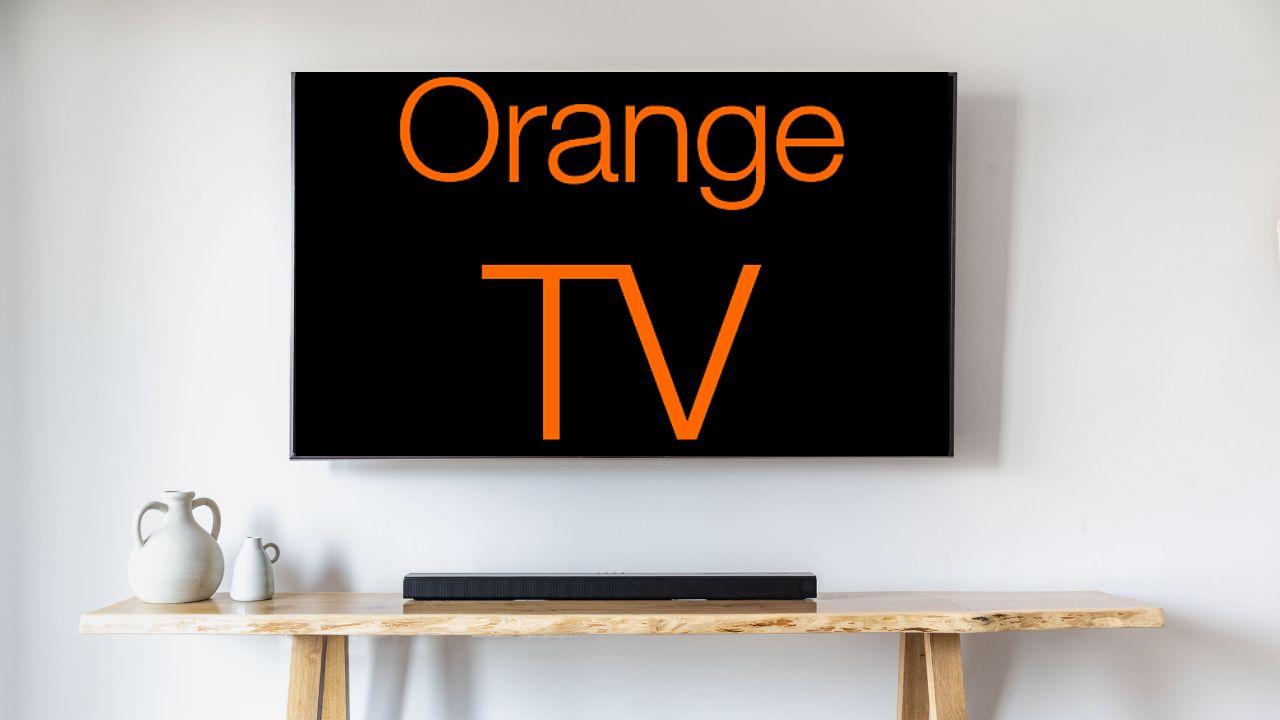The new generation mobile network, 5G, has arrived to improve its predecessor, the 4G network, both in terms of security and speed. This does not mean, however, that just because your mobile phone is compatible with 5G and your operator provides it, you will always experience high speed data transfer.
It is possible that you see that your mobile phone is connected to a 5G network, because this is indicated by the symbol that is usually seen in the upper right corner of the screen, and that you are still experiencing slowness when browsing the Internet or social networks. There are several factors that may be causing this.
On the one hand, you have to understand that there are not as many 5G antennas as there are 4G or LTE antennas. Spain is, in this case, a pioneer country and is ahead of many other European countries in 5G network deployment. Despite this, it must be understood that 5G is the newest standard and that the antennas that emit its signal are found mainly in urban centers.
That is, if you are moving too far from one of these antennas, for example because you usually move around the outskirts of the city, you may not experience a maximum quality signal. It may also happen that, precisely because of this reduced volume of 5G antennas, in your location the network is suffering from so-called bottlenecks. If there are many of you who have 5G-compatible devices at the same point, perhaps the simultaneous connection of many smartphones to the same antenna exceeds the capacity of the network infrastructure.

We must also remember something more basic but that continues to affect 5G networks. These are obstacles that may be near you, such as trees or tall buildings, that can reduce the strength of the signal.
You should also know that the 5G network is broadcast in different bands: mmwave or millimeter band (high, between 30 and 100 GHz), mid-band (medium, around 3.5 GHz), and low-band (low, around 700 MHz). The highest is the fastest, but most susceptible to signal interruptions, while the low is the slowest, but strongest.
Check if there are antennas nearby
There are several mobile applications or websites that you can use to check if there are 5G antennas near your area, and which operators they are from. When looking, remember that not all operators use their own antennas, but rather use the coverage of other companies, such as Movistar, Vodafone or Orange. Digi uses the Movistar network, for example.
You can use the app Mobile Antennasavailable in the App Store, to check the nearest antennas, or use the web tool InfoAntennas. In InfoAntenas, you can see and click on the antennas closest to you and see if they emit 5G or not. Click on ‘Technical characteristics’ in one of them and you will be able to see the assigned MHz band.
The 5G bands are as follows:
- Band n28, between 758-788 MHz (4G/5G DSS)
- Band b39, between 1900-1920 MHz (3/4/5G DSS)
- Band b1, between 2110-2170 MHz (3/4/5G DSS)
- Band n78, between 3420-3800 MHz
- Band n258, between 24700-27500 MHz
As explained by Orange, the deployment of 5G in the millimeter band (mmWave) will allow services to be offered at the highest level of performance in less saturated areas of the spectrum, but the receiving devices will not be able to be very far from the antenna. This is why mmwave is perfect for offering 5G in cities or densely populated areas. In less populated or rural areas, the ones with the lowest frequency will be ideal.
You can also use the apps mobile signal finder or opensignal to carry out a diagnosis of coverage in your area.












